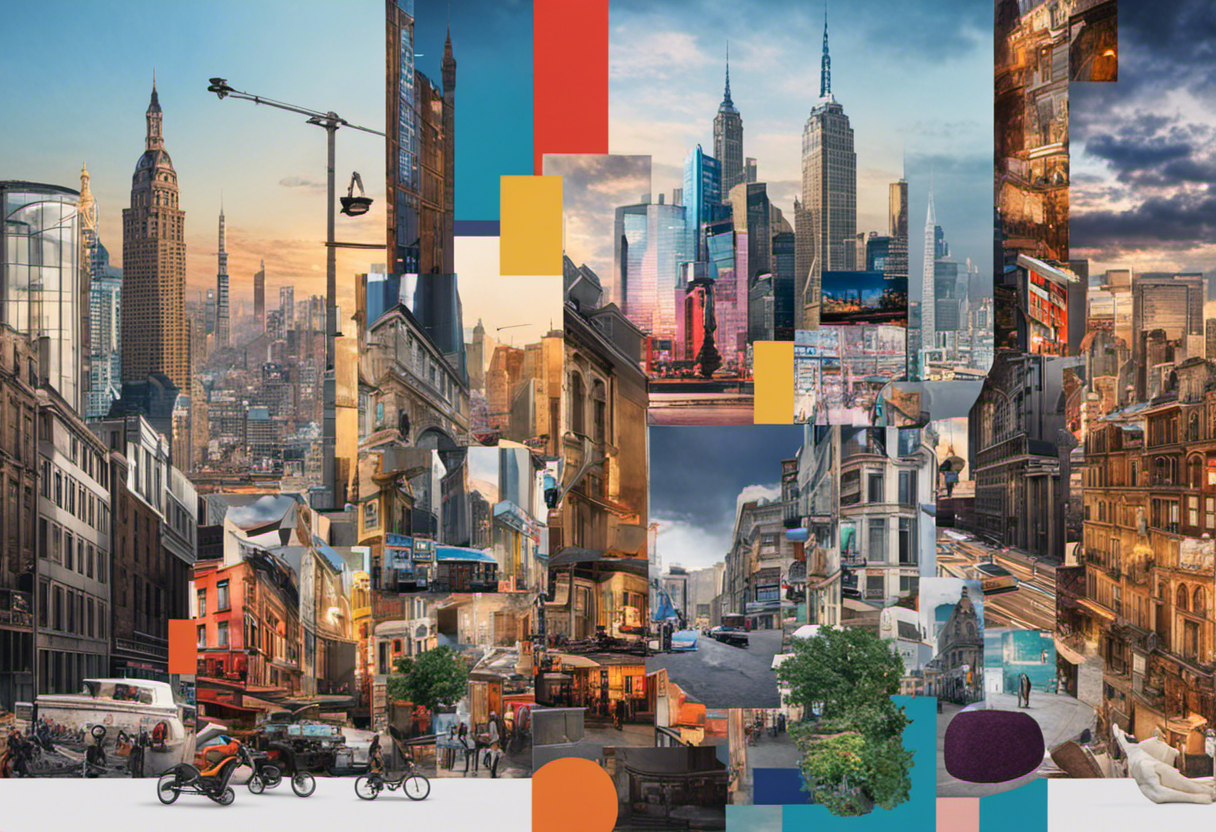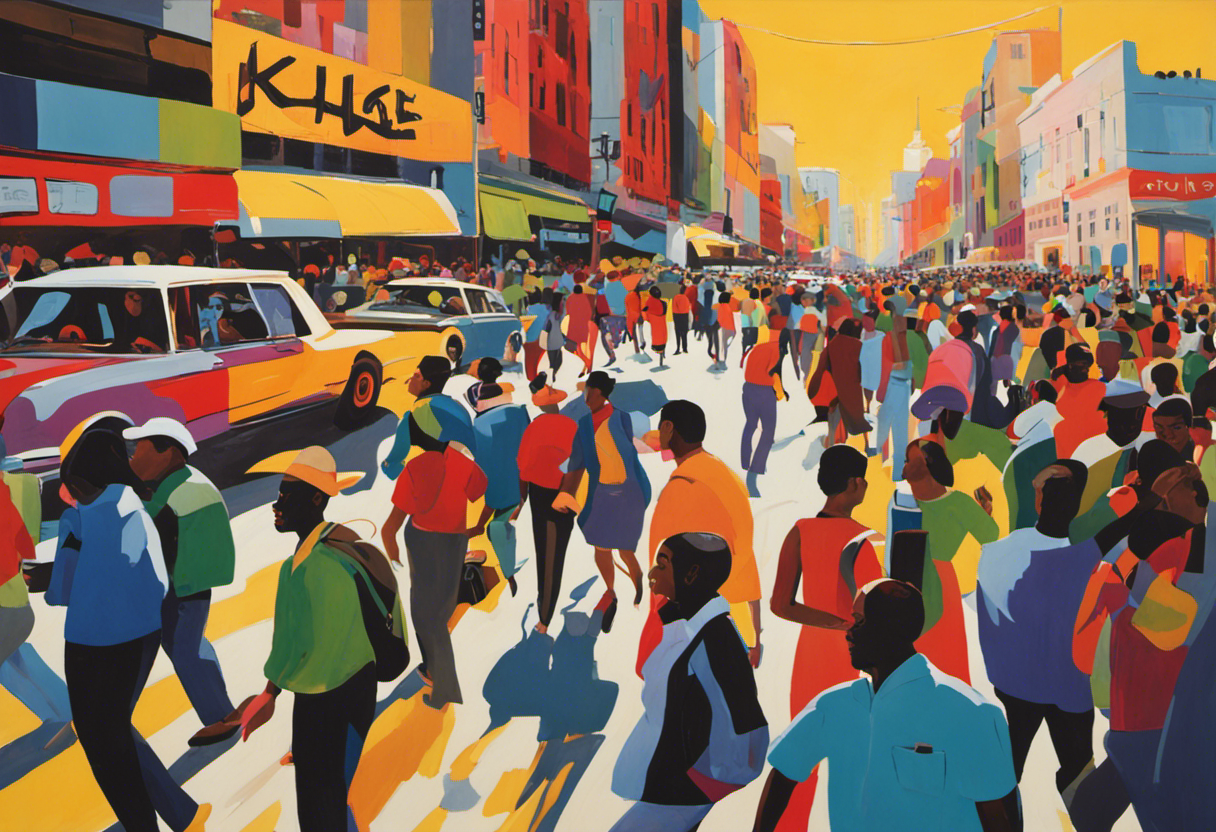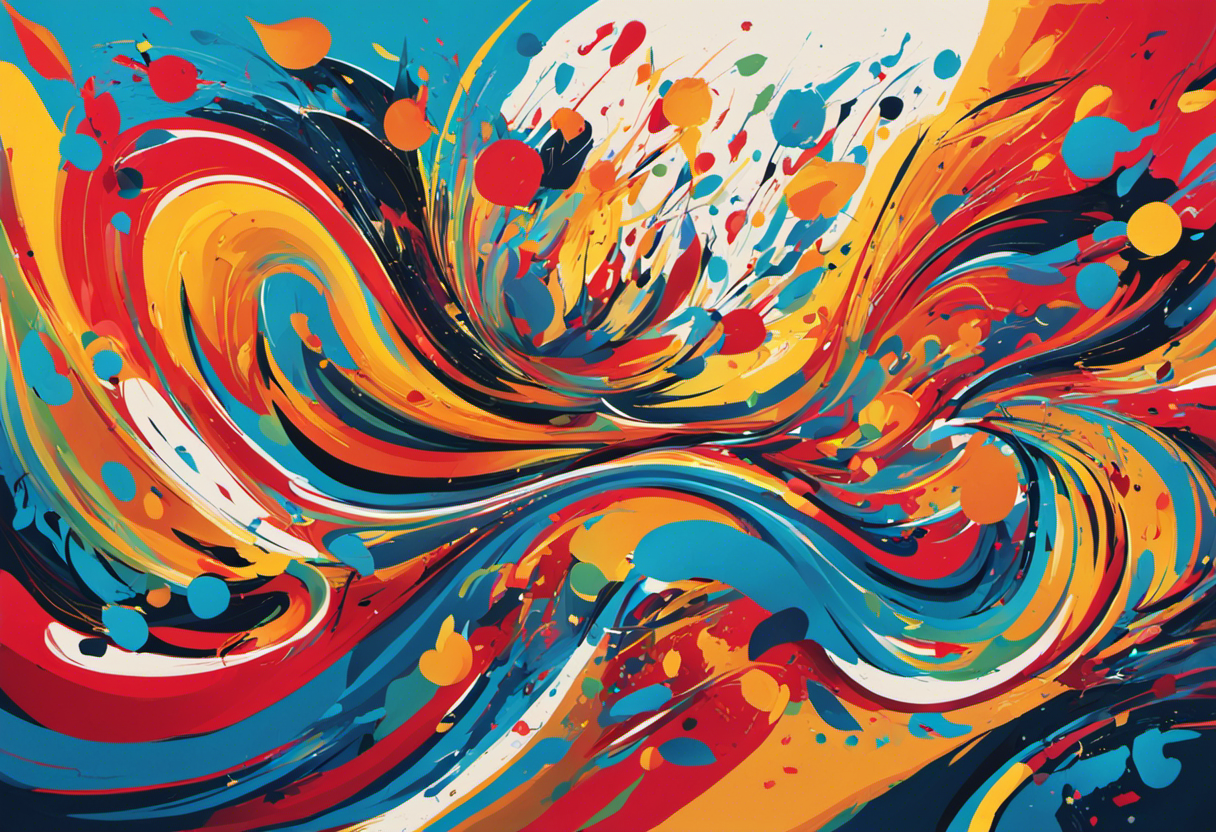Introduction

Art has always been a reflection of human emotion and creativity, capturing the essence of a particular time and culture. Throughout history, artists have continuously pushed the boundaries of expression, experimenting with various techniques and styles. One aspect of art that has evolved significantly over time is the concept of movement. Movement in art adds a dynamic quality, allowing viewers to experience a sense of flow and progression. In this article, we will explore the origins of movement in art, the role of technology in its evolution, the innovative techniques of contemporary artists, and the impact of movement in art on society.
The Origins of Movement in Art

The representation of movement in art can be traced back to ancient civilizations, where artists depicted humans and animals engaged in various activities. The Egyptians, for instance, depicted figures with multiple legs to convey the impression of motion. In ancient Greece, sculptors carefully posed their statues to create the illusion of movement. However, it was during the Renaissance that the concept of movement in art truly flourished.
During the Renaissance, artists such as Leonardo da Vinci and Michelangelo unveiled the beauty of human movement through their masterful works. Leonardo, known for his meticulous observation of the human form, perfected the art of capturing motion in his paintings. One of his most renowned works, “The Vitruvian Man,” portrays a figure in a dynamic pose, demonstrating the potential movement of the human body.
Michelangelo, on the other hand, infused movement into his monumental sculptures, most notably in his famous masterpiece, “David.” The sculpture captures the essence of a moment before the action, creating a tension that makes the figure appear ready to spring to life. Both Leonardo and Michelangelo laid the foundation for the use of movement as a vital element in the visual arts.
The Role of Technology in the Evolution of Movement

As technology advanced, artists were provided with new tools and mediums to explore movement in art. The invention of photography, for example, allowed artists to capture and freeze moments of motion. This had a significant influence on the development of early cinema and animation, where movement became the central focus.
The impact of technology on art continued with the emergence of the “kinetic art” movement in the 20th century. Kinetic artists, such as Alexander Calder and Jean Tinguely, used mechanical devices and engineering principles to create artworks that moved or had an illusion of movement. These sculptures incorporated various materials, such as metals or fabrics, which interacted with wind or electricity to create dynamic visual experiences.
The Innovative Techniques of Contemporary Artists

In today’s art world, contemporary artists continue to push the boundaries of movement by using innovative techniques and unconventional materials. Artists like Olafur Eliasson and Anish Kapoor create immersive installations that invite viewers to engage with their own movements. Eliasson’s large-scale installations play with light, reflection, and space, while Kapoor’s sculptures explore the notion of transformation and dimension through their mirrored surfaces.
Additionally, street artists and muralists have embraced movement in their works, often using vibrant colors and bold brushstrokes to convey energy and dynamism. Artists like Banksy and Shepard Fairey use their art as a form of social commentary, making powerful political statements through their visually striking works.
The Impact of Movement in Art on Society

Movement in art has more than just an aesthetic impact; it also has the power to influence and reflect societal changes. The Pop Art movement of the 1960s, for example, revolutionized the way we perceive popular culture and consumerism. Artists like Andy Warhol and Roy Lichtenstein took inspiration from mass media and advertising, incorporating bold colors and repetitive motifs to express the vibrancy and constant movement of modern society. Their works resonated with the public and played a significant role in shaping modern culture.
Furthermore, the use of movement in art has the potential to evoke strong emotions and create a sense of connection. Whether it’s through dance, performance art, or interactive installations, artists can engage viewers on a visceral level, eliciting joy, excitement, or even contemplation. By capturing movement in their works, artists can convey the essence of the human experience and provide a unique perspective on the world around us.
In conclusion, the evolution of movement in art has been a continuous exploration by artists throughout history. From the ancient civilizations to the Renaissance masters and contemporary artists, movement has been used to captivate audiences and express the dynamic nature of our world. As technology advances, artists will undoubtedly continue to find new ways to incorporate movement into their works, pushing the boundaries of creativity and expanding our understanding of art’s potential impact on society.
Keywords: unveiling-the-beauty-of-renaissance-art-a-journey-through-leonardo-da-vincis-and-michelangelos-work, the-impact-of-pop-art-on-modern-culture
